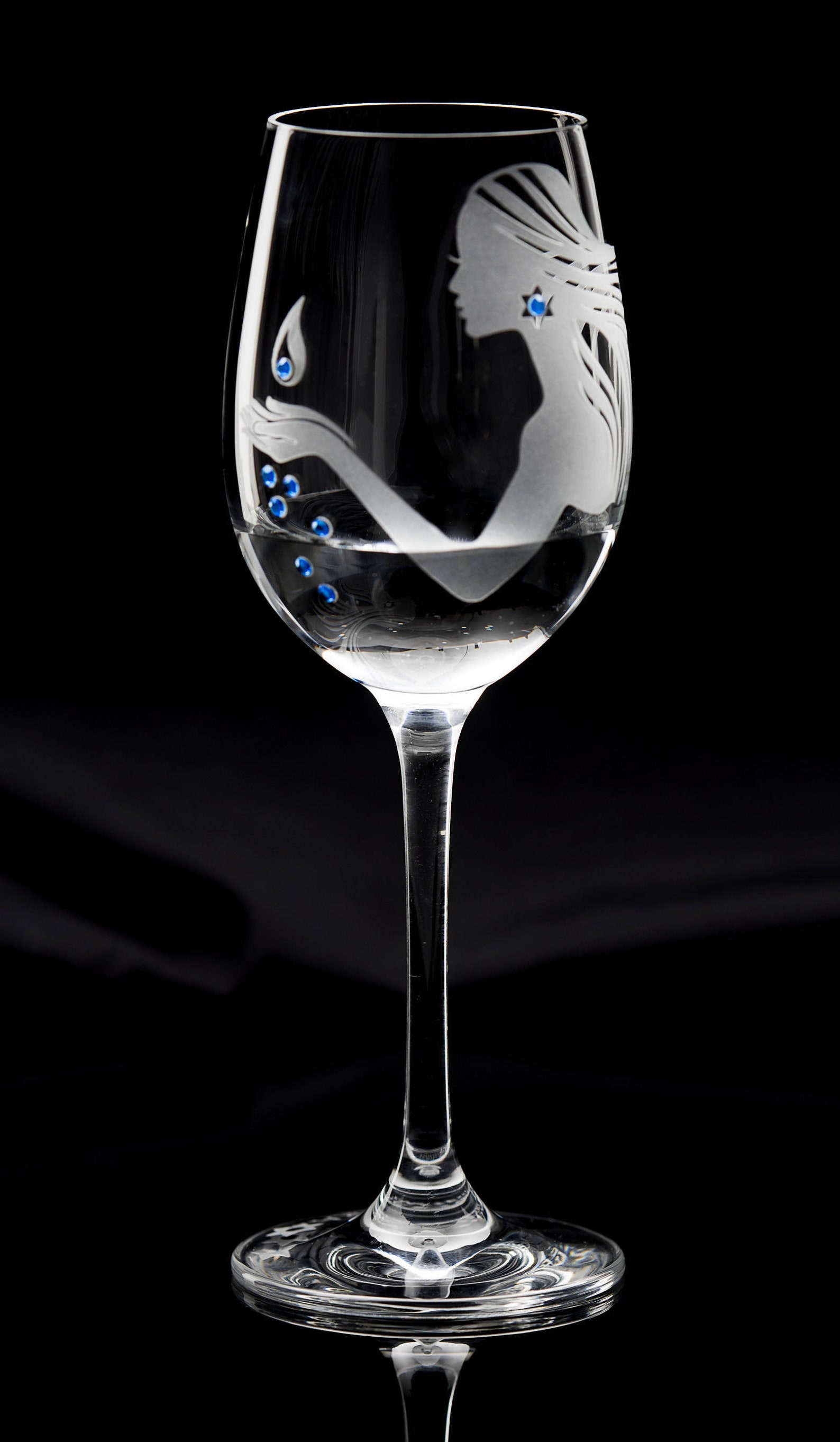Jewish Group
Related: About this forumOrange on the Seder Plate?
Several explanations. The one that I have heard when participating in a Feminist Seder years ago, was that an Orthodox rabbi declared that a woman belongs on a Bimah as an orange belongs on a Seder Plate...
Happy Passover
slightlv
(4,325 posts)But as a non-Jew, that one goes over my head... sorry. If you wish to explain more, I'm all ears for anything religious of any path!
question everything
(48,799 posts)all the commandments and rules and like the old US Congress and the Supreme Court, no women are included in leading services or in religious leadership positions.
In Orthodox synagogue, there is a section in the back (of course) separated by a curtain where women are allowed to pray and follow the services.
Second term Bimah, literally a stage where the rabbis and the cantors and other leaders of the congregation sit. Behind them is an alcove - called the Ark - where Torah scrolls are kept.
From that Bimah - stage - services are conducted, reading rom the prayer book, the Torah and other parts of the Bible (The Hebrew Bible, also referred to as The Old Testament).
In Orthodox synagogues women, of course, do not stand on the Bimah, the stage, but they are in the liberal ones.
Third: the Passover Plate.
From https://en.wikipedia.org/wiki/Passover_Seder_plate

Passover Seder plate. Categories (with imaged examples in brackets): edit
1. Zeroa (shankbone)
2. Beitza (roasted hard-boiled egg)
3. Maror/Chazeret (horseradish)
4. Maror/Chazeret (onion)
5. Charoset
6. Karpas (parsley)
It includes specific items that are described during the Seder and definitely does not include an orange.
Hence, an indignant Orthodox Rabbi objections to women on the Bimah, considering it a sacrilege, though I am not sure whether an orange on the Seder Plate is.
Whew..
Perhaps others can correct and add
Mosby
(17,459 posts)Drum
(9,769 posts)Thus explaining the orange place there every time.
![]()
cloudbase
(5,746 posts)This one:
